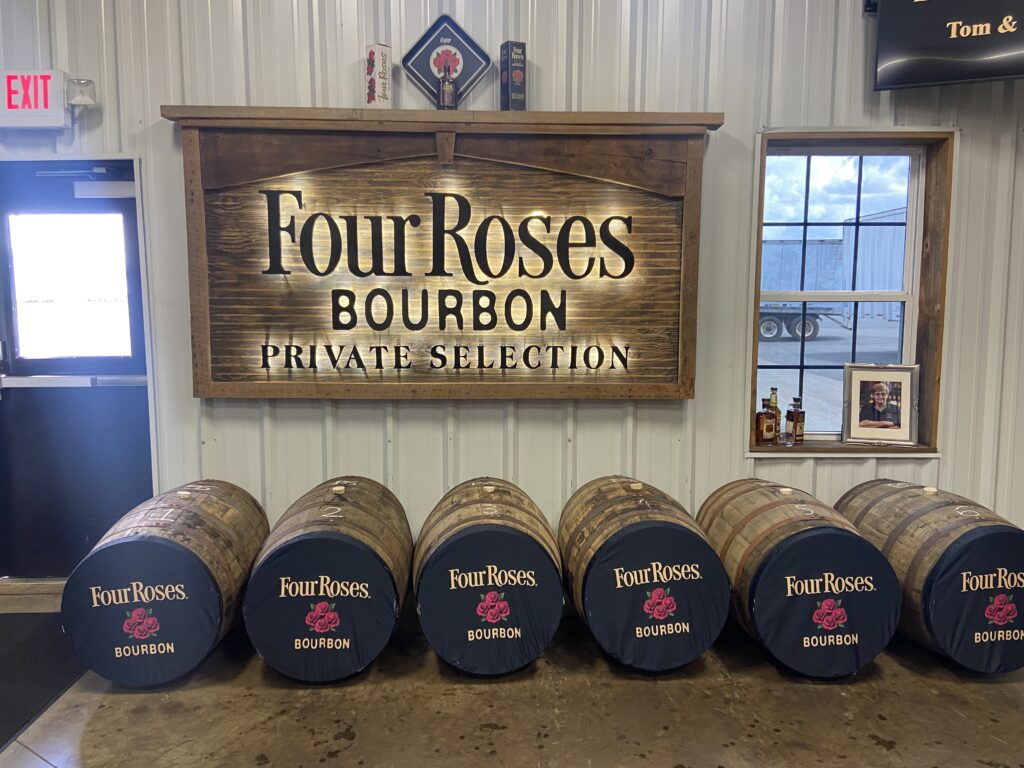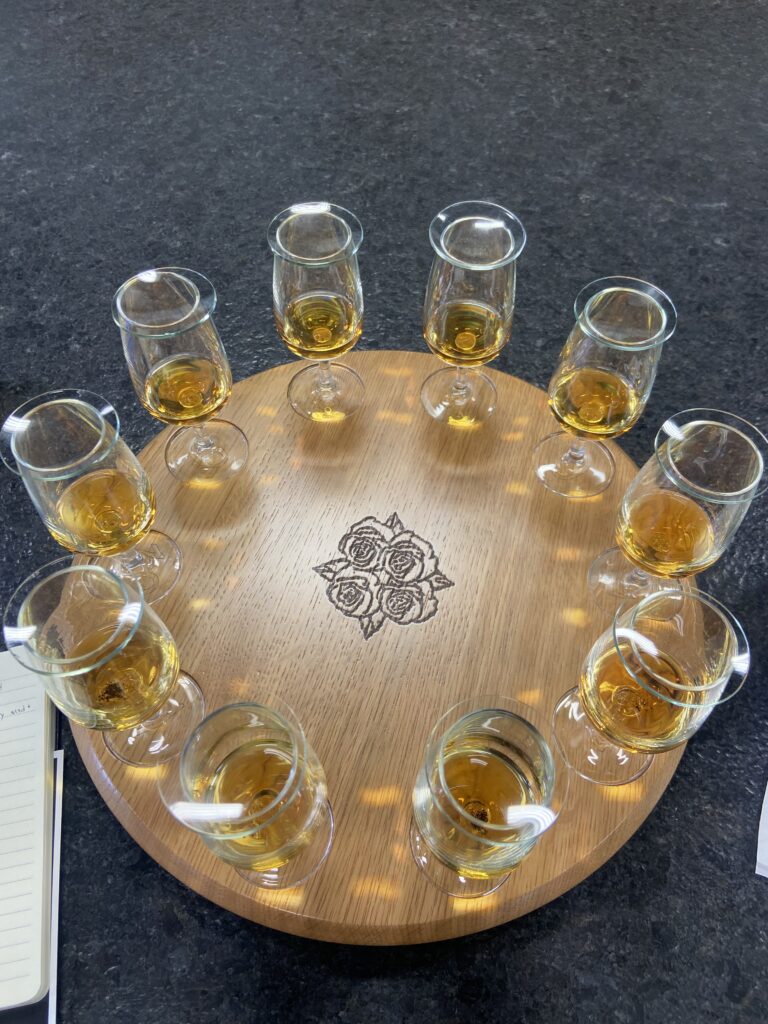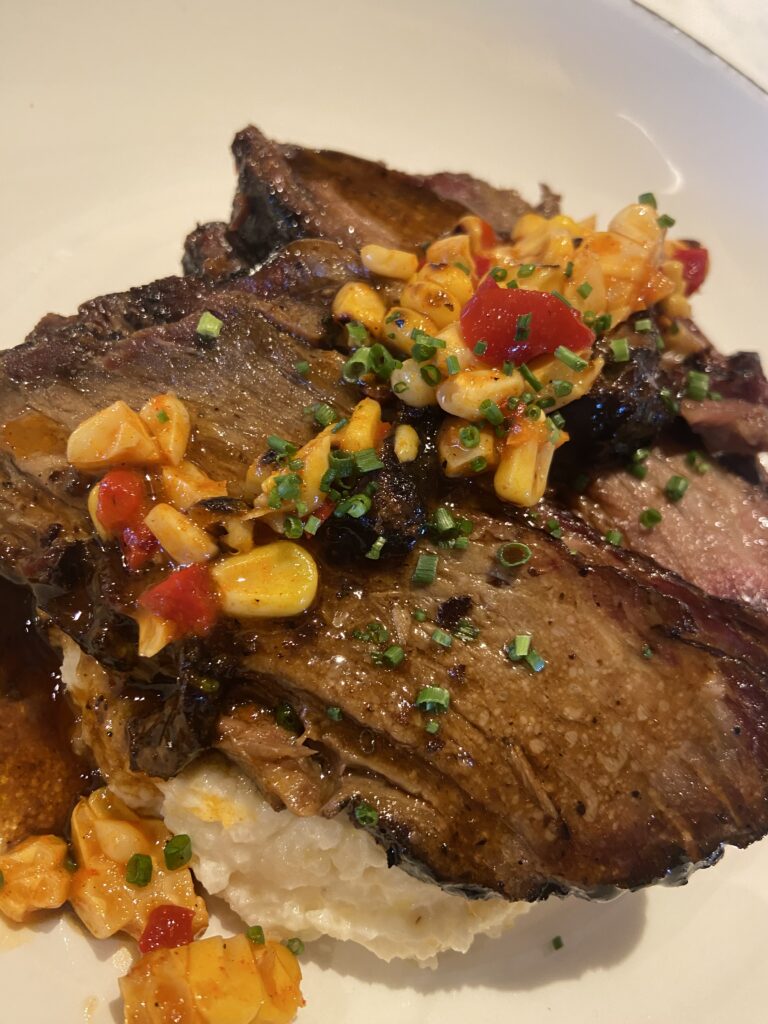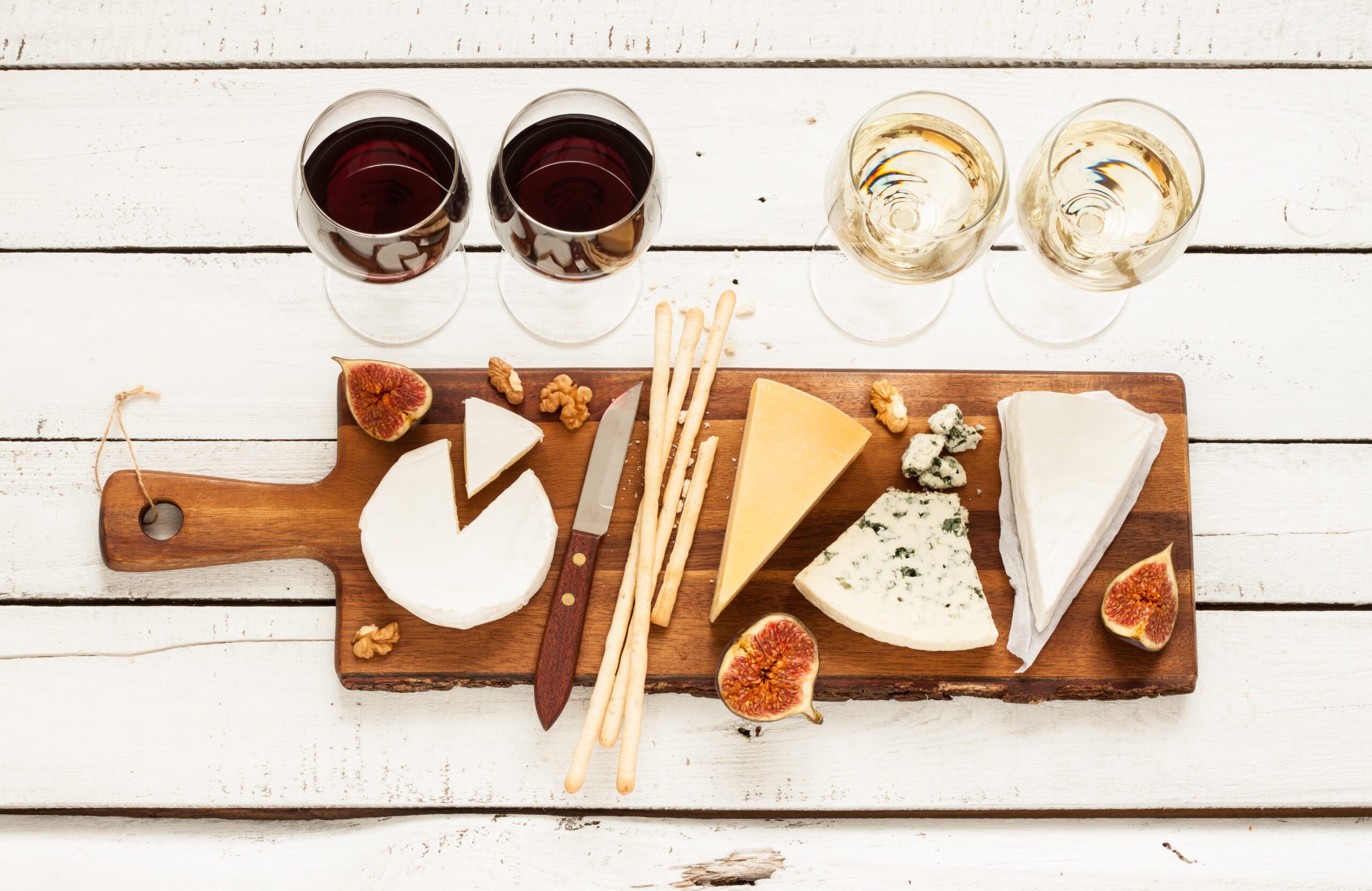Thanksgiving is just a few days away, so we wanted to offer you a few suggestions for the big day. Unlike other holidays, Thanksgiving is a long celebration. For some, it may start as early as 4am when the turkey goes into the oven, and for others, it may last well into the night.
This year, we’ve categorized our beverage suggestions based on different parts of your day. We have something for the football game, something to pair with appetizers, impressive options for dinner, and even a drink to enjoy while digesting the massive meal.
Whether you’re hosting a traditional Thanksgiving feast or trying something completely new this year, you’ll find something here to enhance your day.
Beers for the Football Game
Uffda, these are dangerous! Brewed with finest select malts, this working man’s Pilsner is lavish with flavor. Crisp, light, sessionable, and perfectly balanced with a trusty dry-hop of Citra. It’s the great outdoors, the call of the wild, and the often fresh and cheerful elder. Available in three distinct nature scenes- Deer, Duck, & Pheasant. Pitter patter, let’s get at ‘er!
Castle Cream Ale was created while sitting around the kitchen table during our start-up days, and the need for a sessionable beer became clear. Castle Cream is our version of a Cream Ale. Deep gold in color, it has a soft malty aroma, slightly sweet creamy texture with a balanced bitterness, while finishing smooth and clean.
Noshing Hour
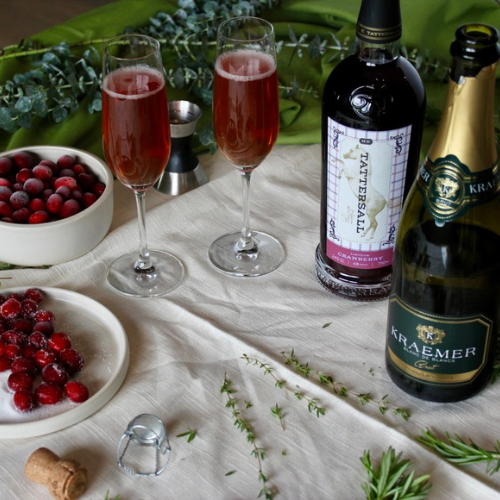
France 44 Pointettia
Pour 1oz Tattersall Cranberry Liqueur into a flute. Top with 5oz Kraemer Blanc de Blanc Brut. Garnish with sugared cranberries and a sprig of rosemary or thyme.
Dinner Time
Twisted Cedar is a tribally owned and sustainably farmed winery in California. The brand is wholly owned by the Cedar Band of the Paiute Indian Tribe of Utah. Their Petite-Petit is a perfect choice to celebrate Native American heritage this Thanksgiving. Juicy blackberry and bold blueberry notes show in this wine, with a vibrancy of color, aroma, and flavor.
This is the perfect choice for the white wine drinkers at your dinner. Gustave Lorentz Gewurztraminer Reserve has a clear and pale-yellow color, with an expressive floral and spicy nose. On the palate, it is a warm attack, but the acidity gives it its remarkable length. The wine is complex and rich but still elegant and food-friendly due to its freshness.
Post-Feast
We just got this new Single Barrel Bourbon last week and we’re so excited to share it with you. Bring this true one of a kind bourbon to your feast this year. Aged for 8 years, this could be our best Elijah Craig barrel to date. Rich caramel and vanilla dominate the nose, with subtle notes of apple and cherries following. The palate is bold and oily, starting with cedar wood that evolves into sweet toffee and balancing spice.
Our second Rittenhouse Single Barrel! Sweet baking spices lead on the nose with caramel, subtle herbaceousness, and hints of black pepper following. As is breaths, expect sweeter notes of cinnamon and maple to come through. On the palate, bright baking spices evolve in to deeply savory notes of black pepper, black tea, cardamom, and leather. The finish is surprisingly sweet and develops further as it sits.
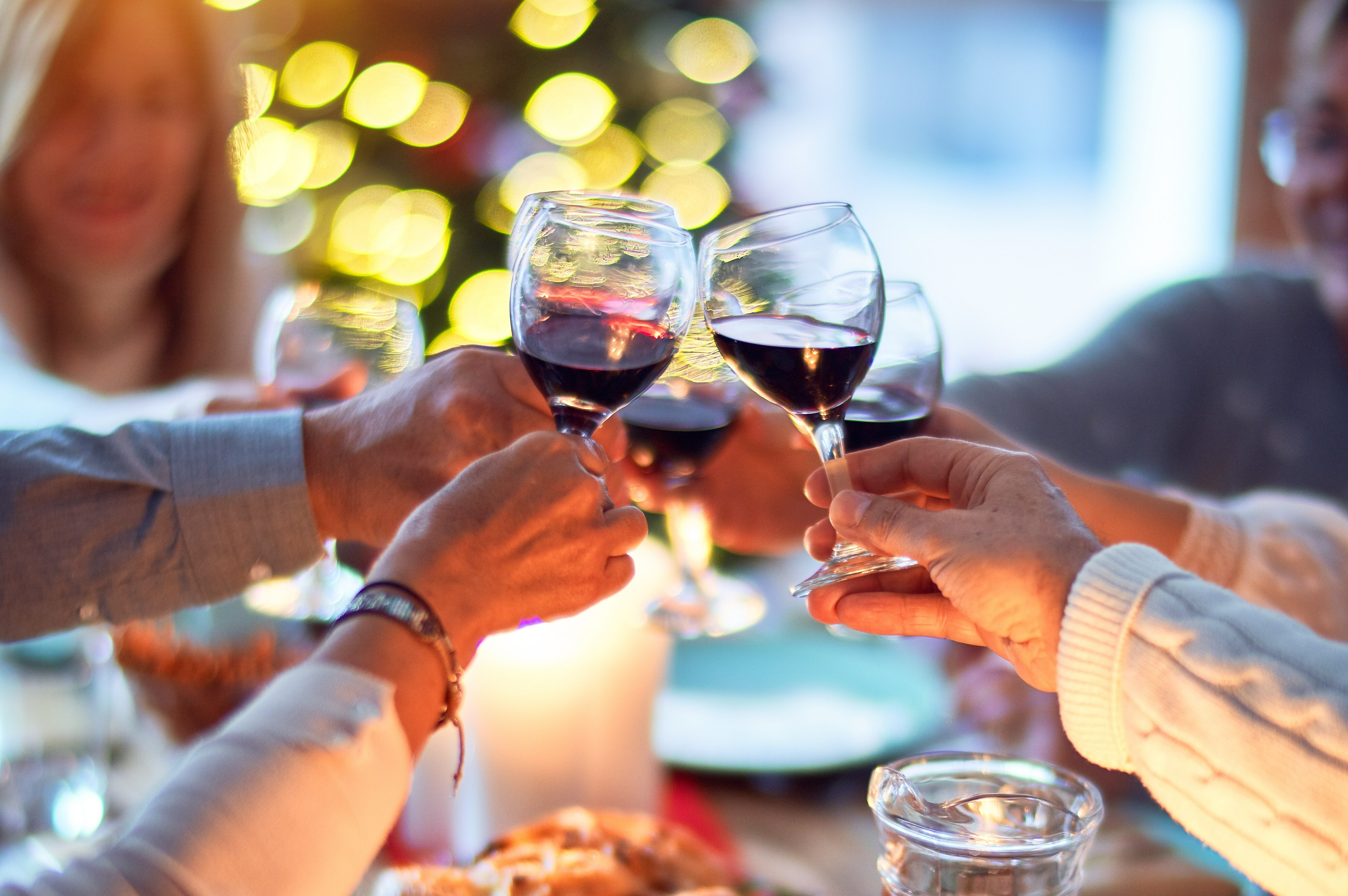








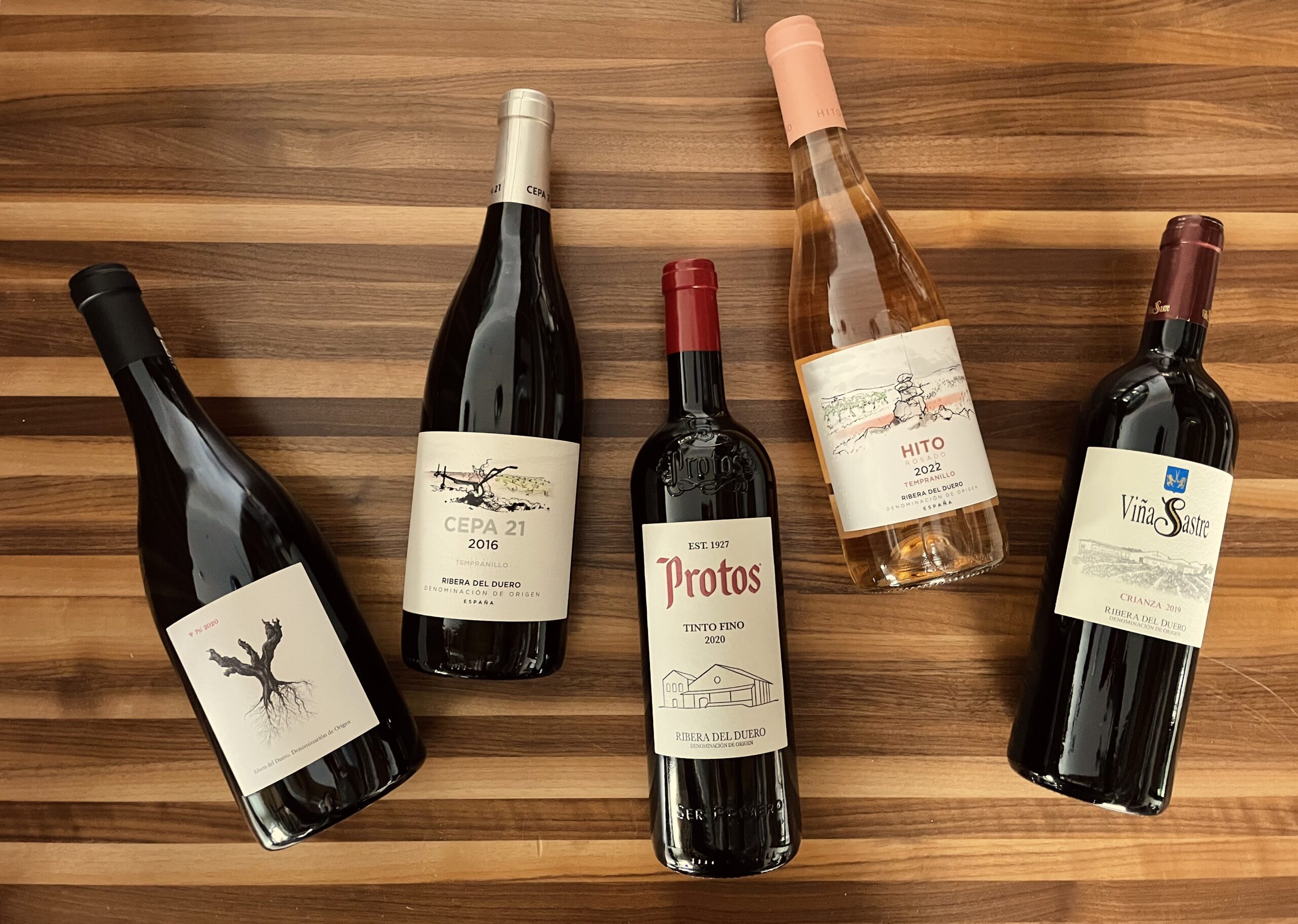
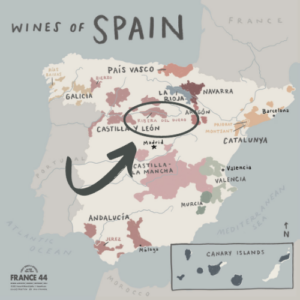 One of the most iconic and prestigious wine regions of Spain is Ribera del Duero.
One of the most iconic and prestigious wine regions of Spain is Ribera del Duero. 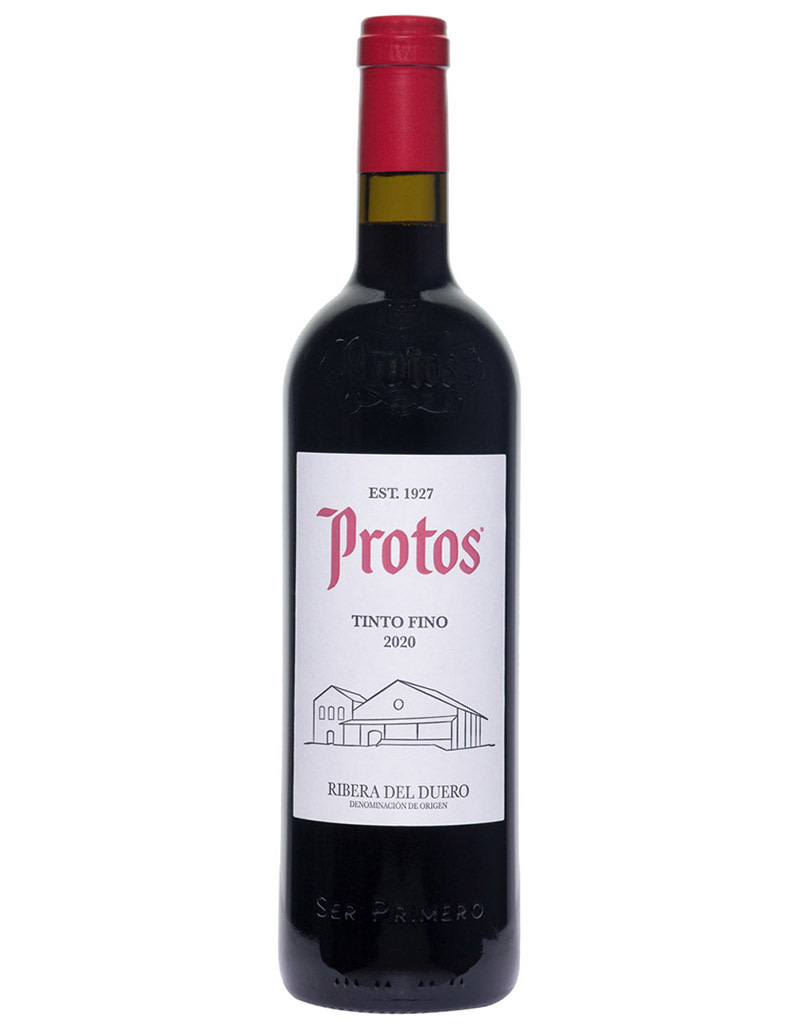





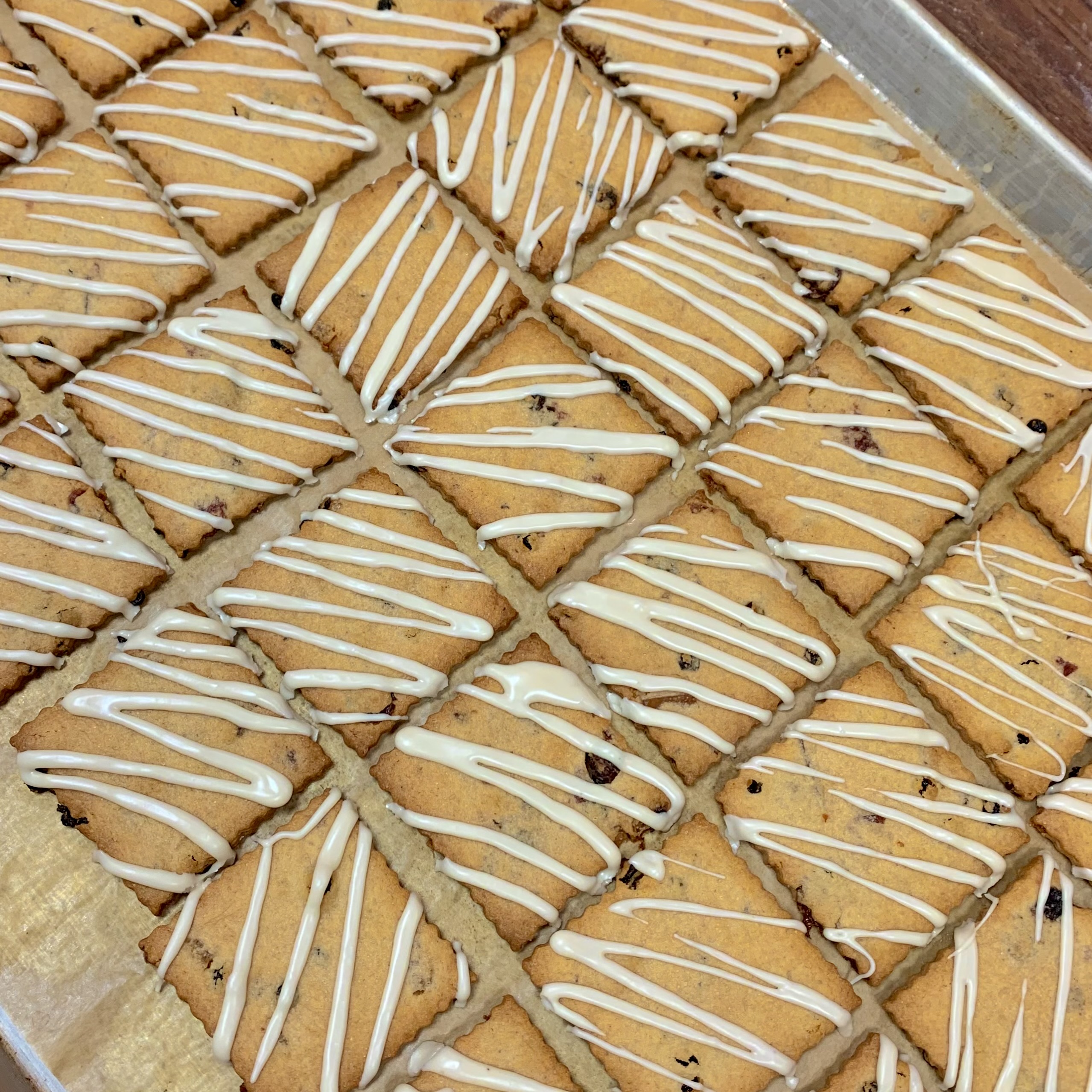
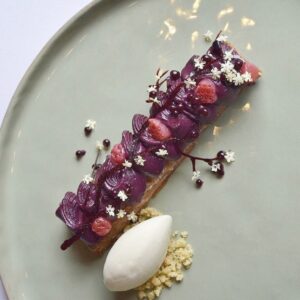 At the restaurant, we used the tiniest fruit baller you’ve ever seen to ball strawberries (you can DEFINITELY use whole or halved berries instead), then soaked them for 8-12 hours in a combination of sparkling wine and St. Germain until they’d taken on some of the floral notes of the elderflower liqueur and the bubbles from the wine. I included a picture here of the dessert with these little berries. I plated that one, my proudest accomplishment. When you bite into one of these tiny strawberries, you first feel the bubbles, then the sweet berry and floral liqueur come to the front of your palate. It’s a perfect bite.
At the restaurant, we used the tiniest fruit baller you’ve ever seen to ball strawberries (you can DEFINITELY use whole or halved berries instead), then soaked them for 8-12 hours in a combination of sparkling wine and St. Germain until they’d taken on some of the floral notes of the elderflower liqueur and the bubbles from the wine. I included a picture here of the dessert with these little berries. I plated that one, my proudest accomplishment. When you bite into one of these tiny strawberries, you first feel the bubbles, then the sweet berry and floral liqueur come to the front of your palate. It’s a perfect bite.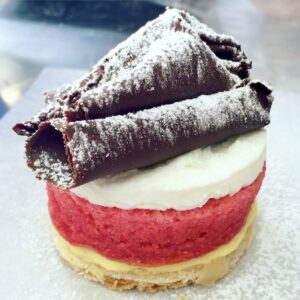 here, soaked in Alchermes liqueur, and how to make the perfect Cantuccini to dip in Vin Santo wine. But the star of the show was surely the tirimisu. Light savoiardi (lady fingers) dipped in liquor and coffee, layered with a light mascarpone cream make the most decadent, flavorful dessert. And it’s honestly quite easy to make, especially if you need to prep a dessert in advance! There’s a lot of debate about the perfect liquor to use for tirimisu. I’ve used dark rum, whiskey, marsala, it really depends on the flavor you’re looking for. Marsala adds a bit more sweetness to the dessert while rum, brandy, or cognac add a bit more depth and certainly make the dessert a bit boozy. Try it a few ways, and decide for yourself which is best! Now the recipe:
here, soaked in Alchermes liqueur, and how to make the perfect Cantuccini to dip in Vin Santo wine. But the star of the show was surely the tirimisu. Light savoiardi (lady fingers) dipped in liquor and coffee, layered with a light mascarpone cream make the most decadent, flavorful dessert. And it’s honestly quite easy to make, especially if you need to prep a dessert in advance! There’s a lot of debate about the perfect liquor to use for tirimisu. I’ve used dark rum, whiskey, marsala, it really depends on the flavor you’re looking for. Marsala adds a bit more sweetness to the dessert while rum, brandy, or cognac add a bit more depth and certainly make the dessert a bit boozy. Try it a few ways, and decide for yourself which is best! Now the recipe: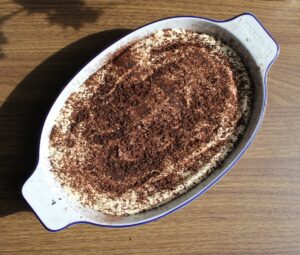
 Peel and core apples, then slice into thick slices (½ inch). Heat a large skillet over high heat on the stove and add half the apples. Sear for a couple of minutes until they start to get a little color, then remove from the skillet into a bowl and repeat with the second half. Remove the rest of the apples from the pan.
Peel and core apples, then slice into thick slices (½ inch). Heat a large skillet over high heat on the stove and add half the apples. Sear for a couple of minutes until they start to get a little color, then remove from the skillet into a bowl and repeat with the second half. Remove the rest of the apples from the pan.
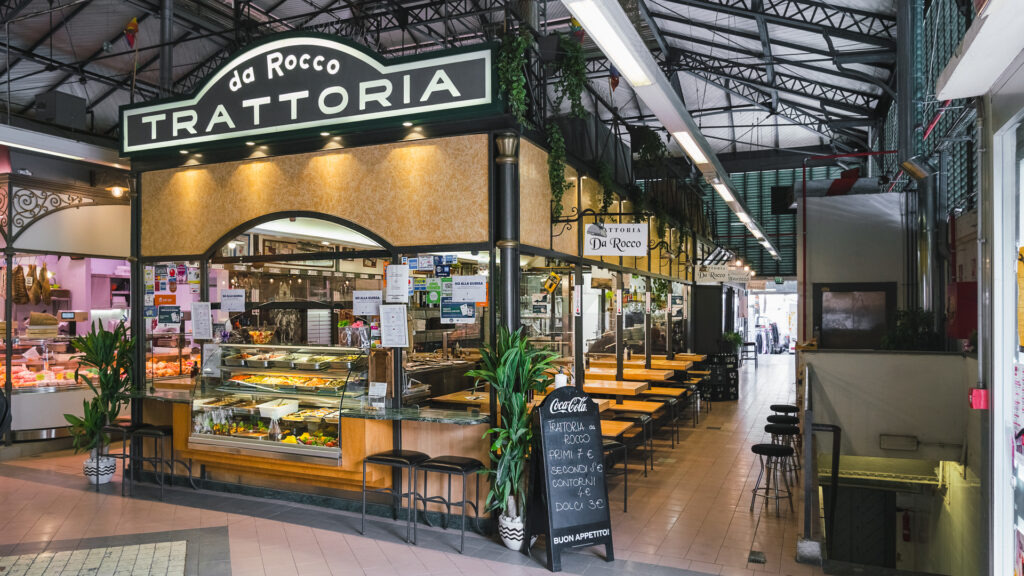
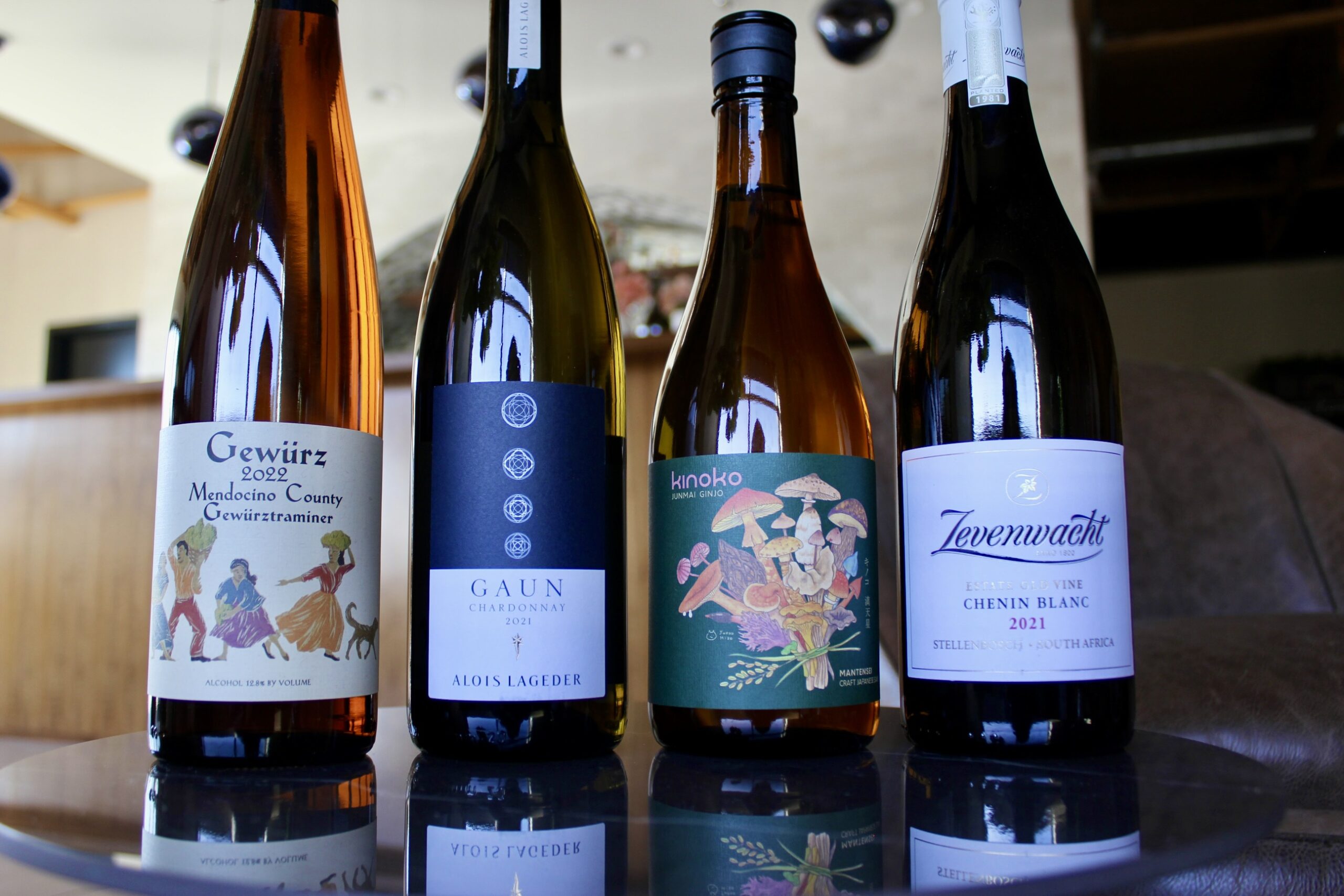
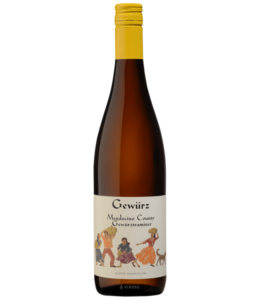 To kick off our fall white journey
To kick off our fall white journey  Our next flight
Our next flight To round out our three pack of fall whites
To round out our three pack of fall whites 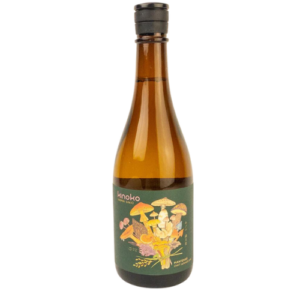 For our bonus bottle, we fly to Japan.
For our bonus bottle, we fly to Japan.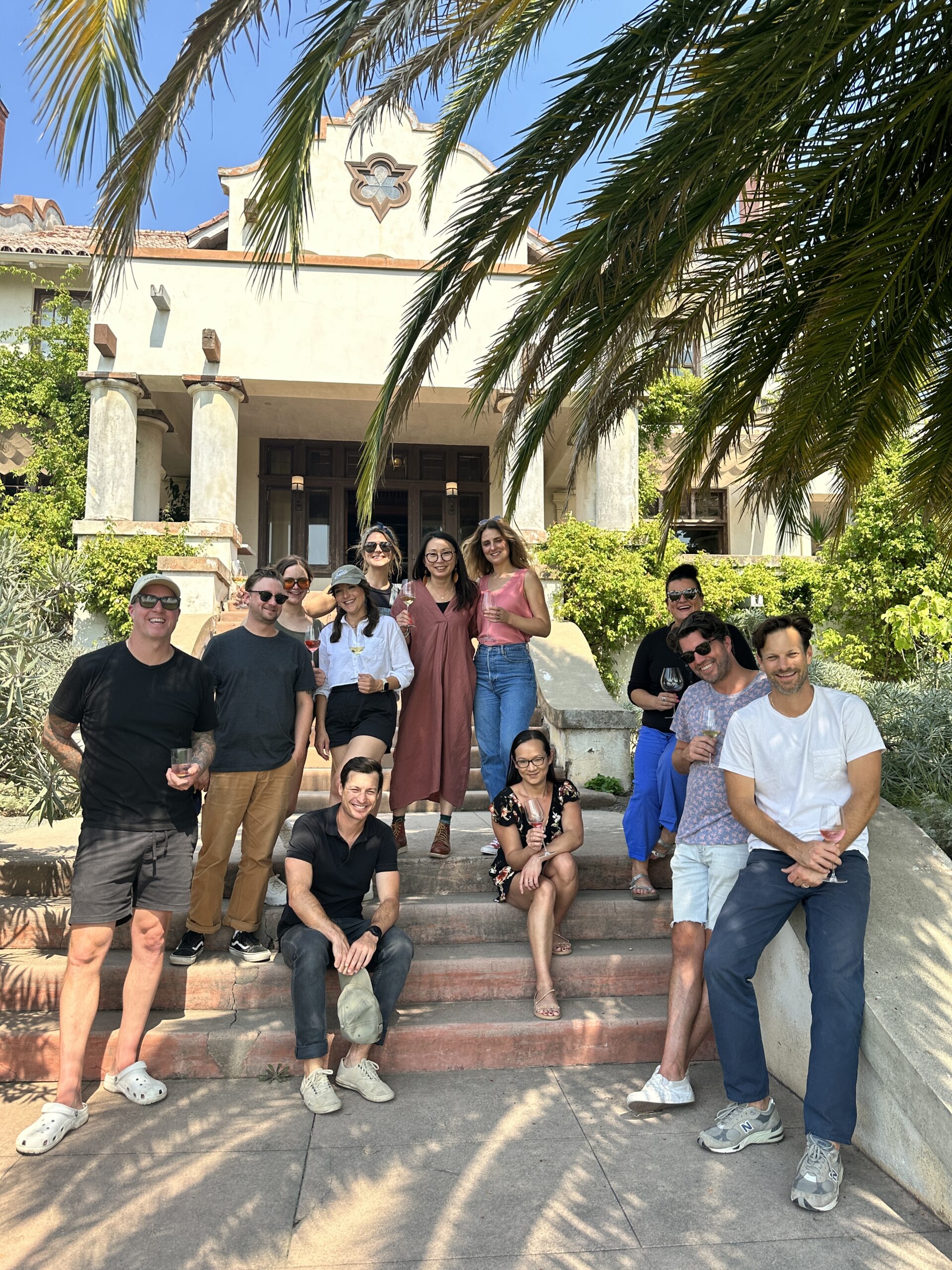

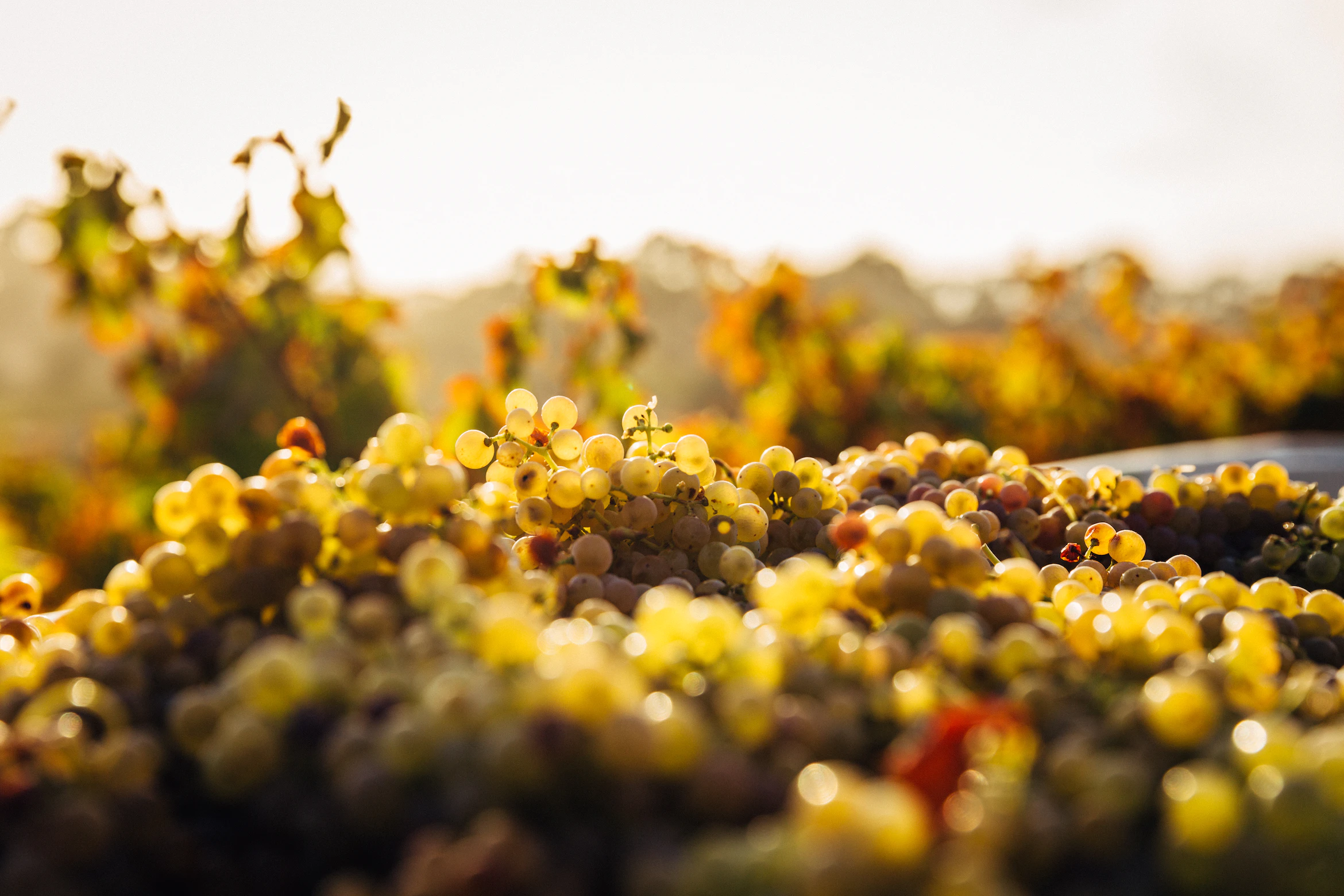

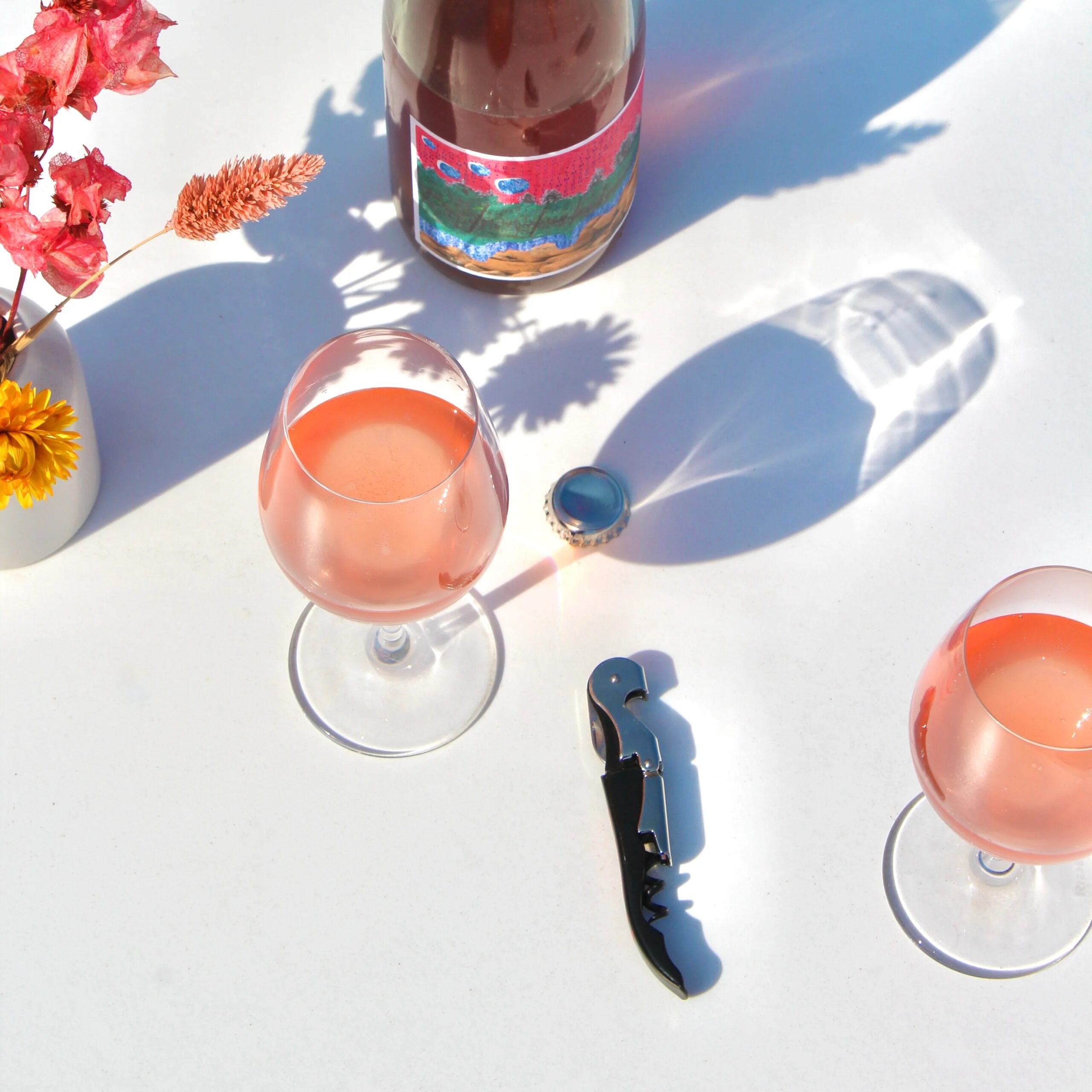

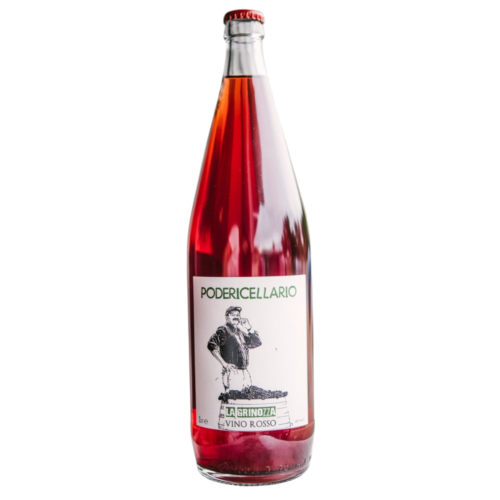
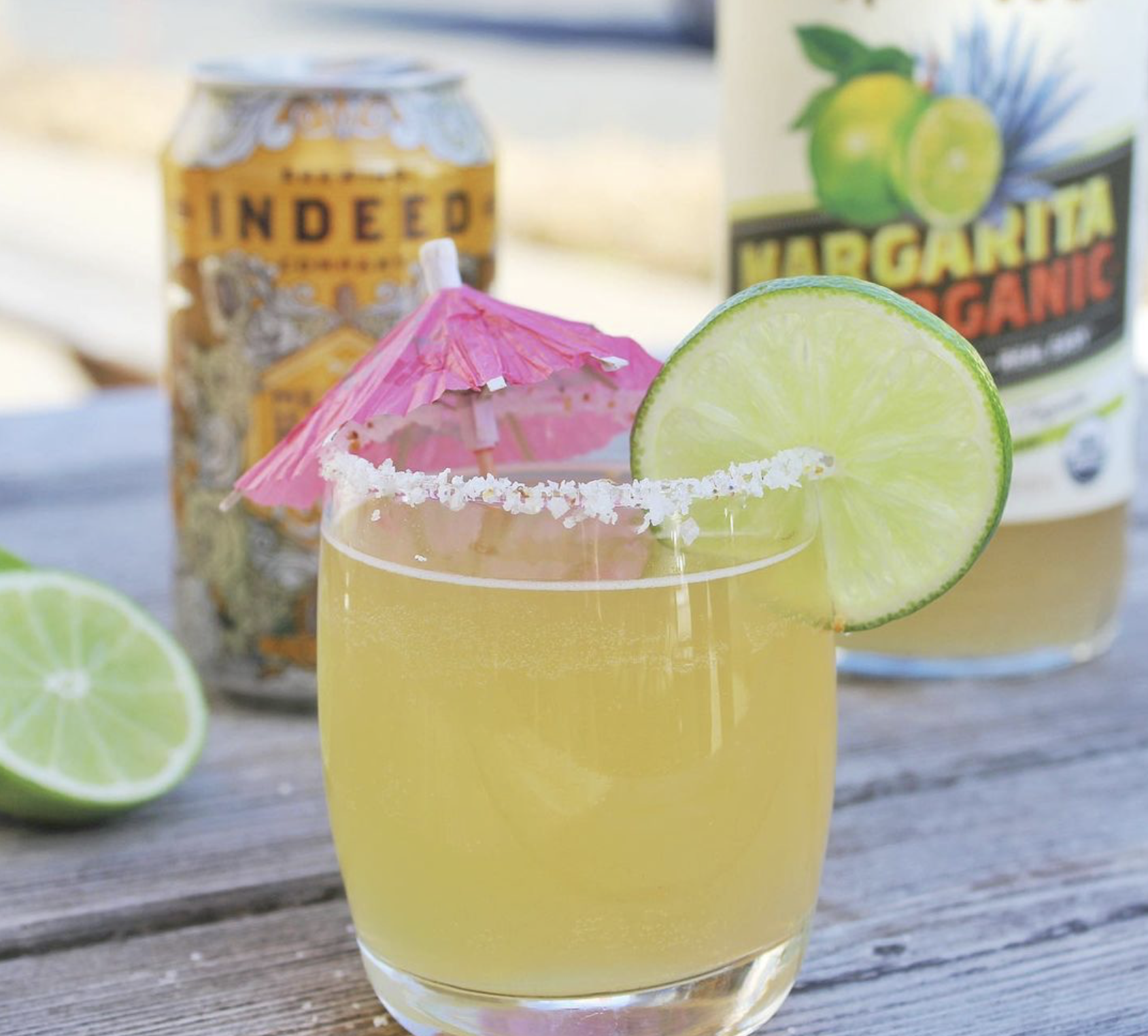
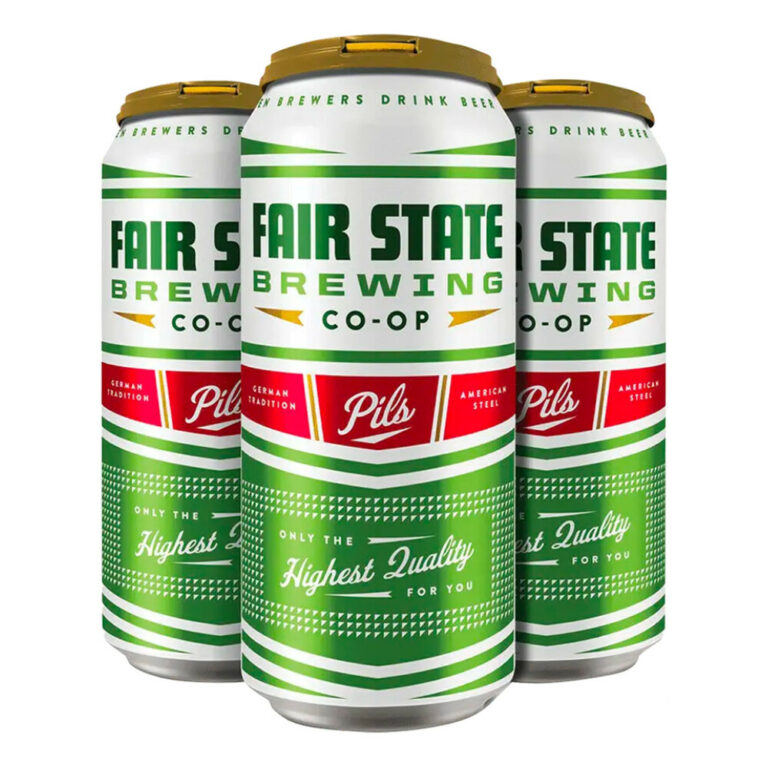

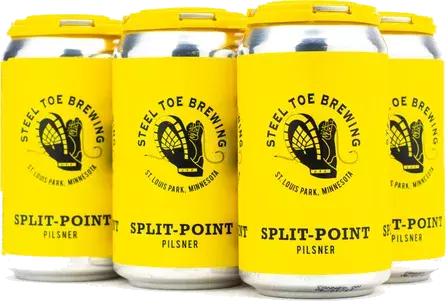
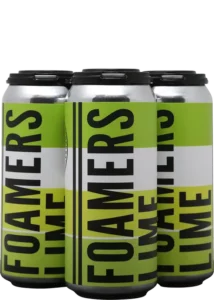
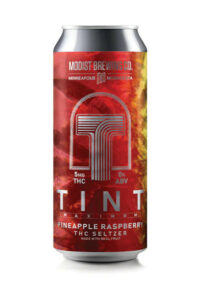
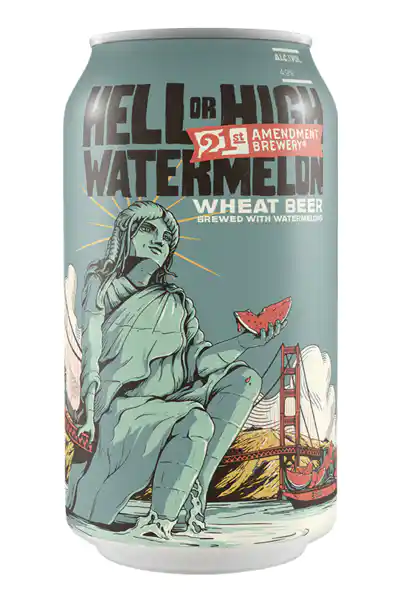
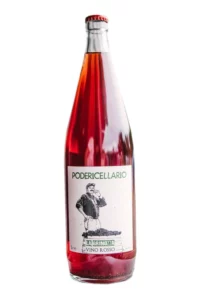
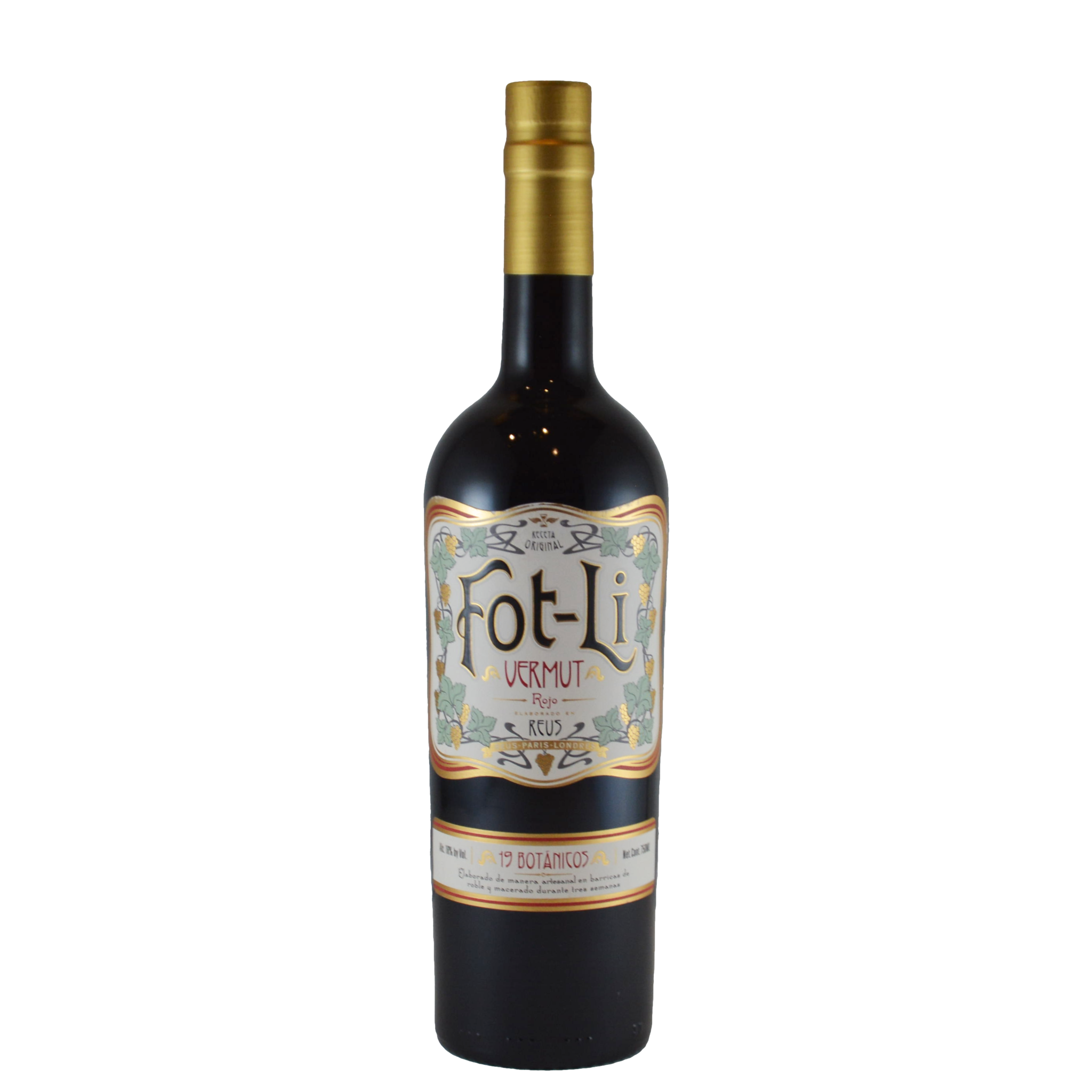

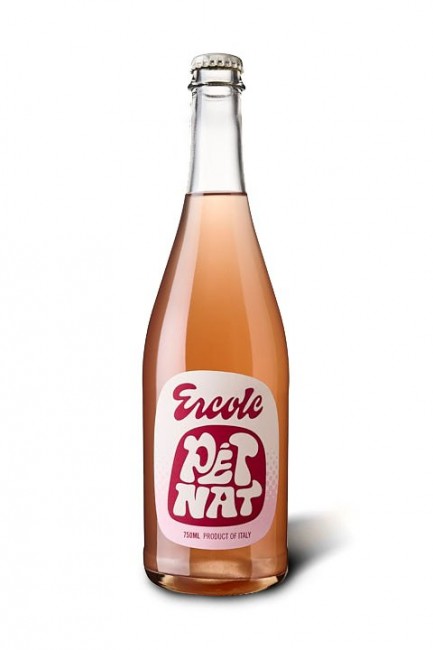
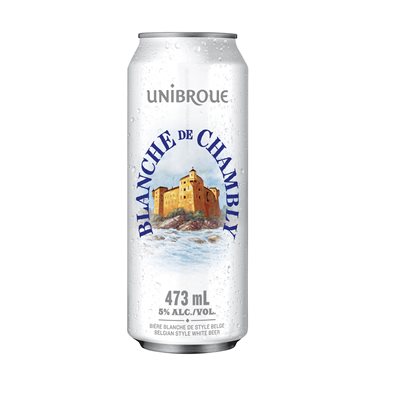
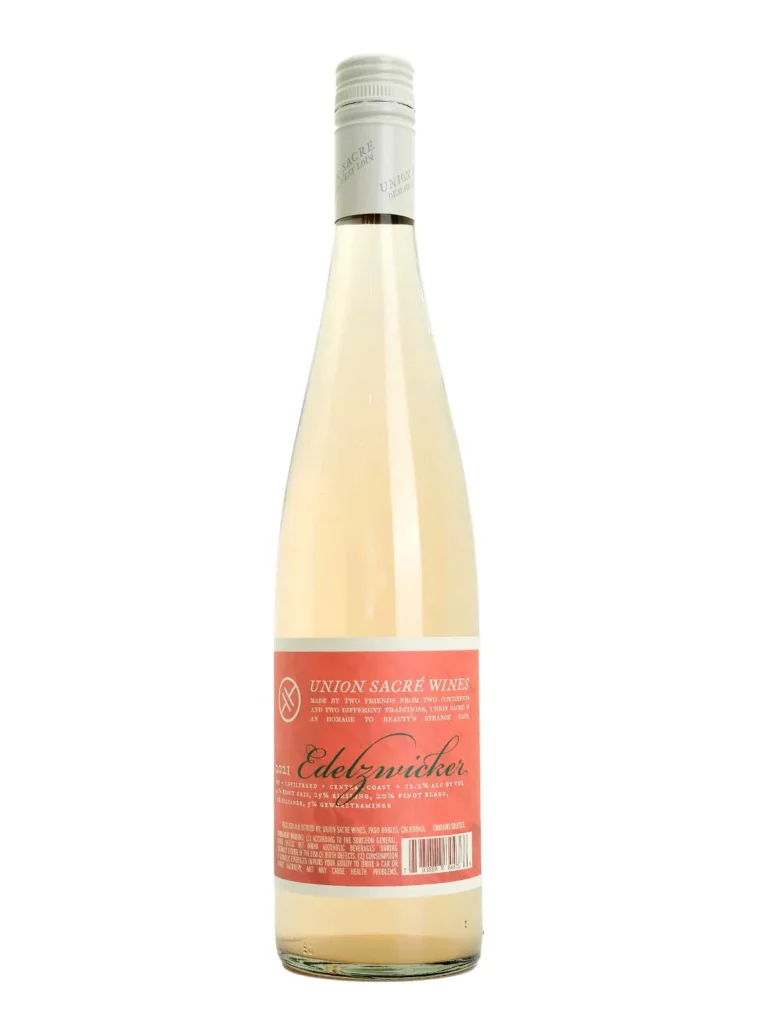
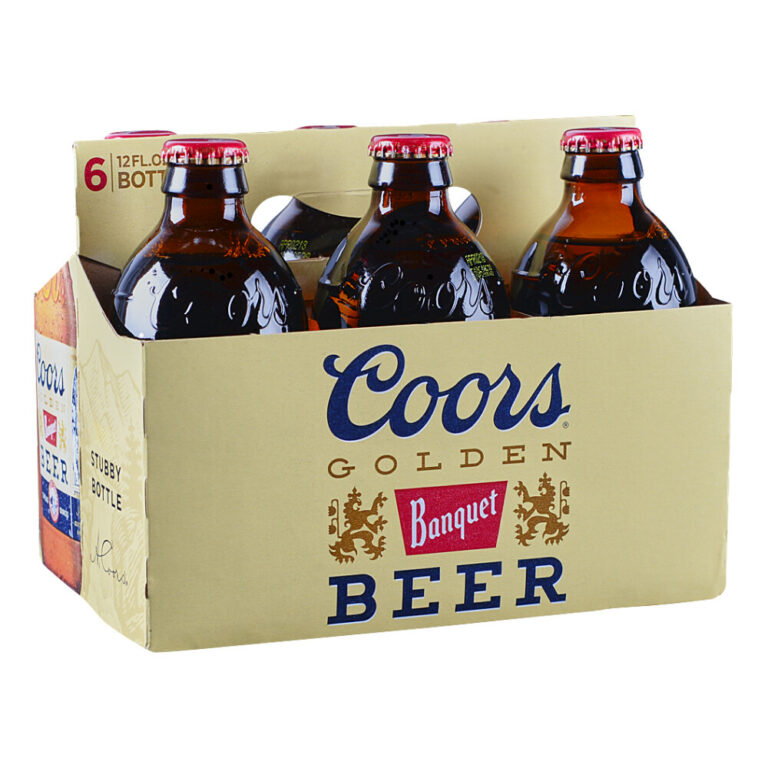
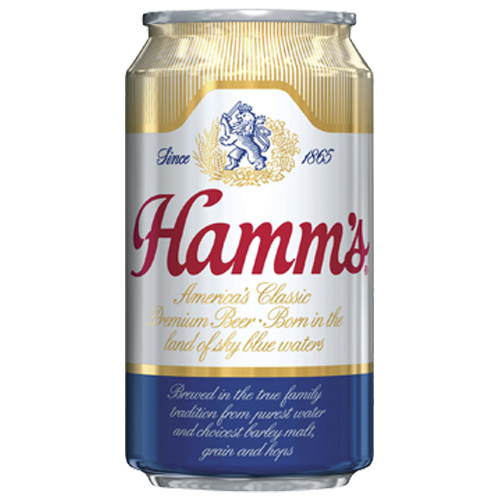
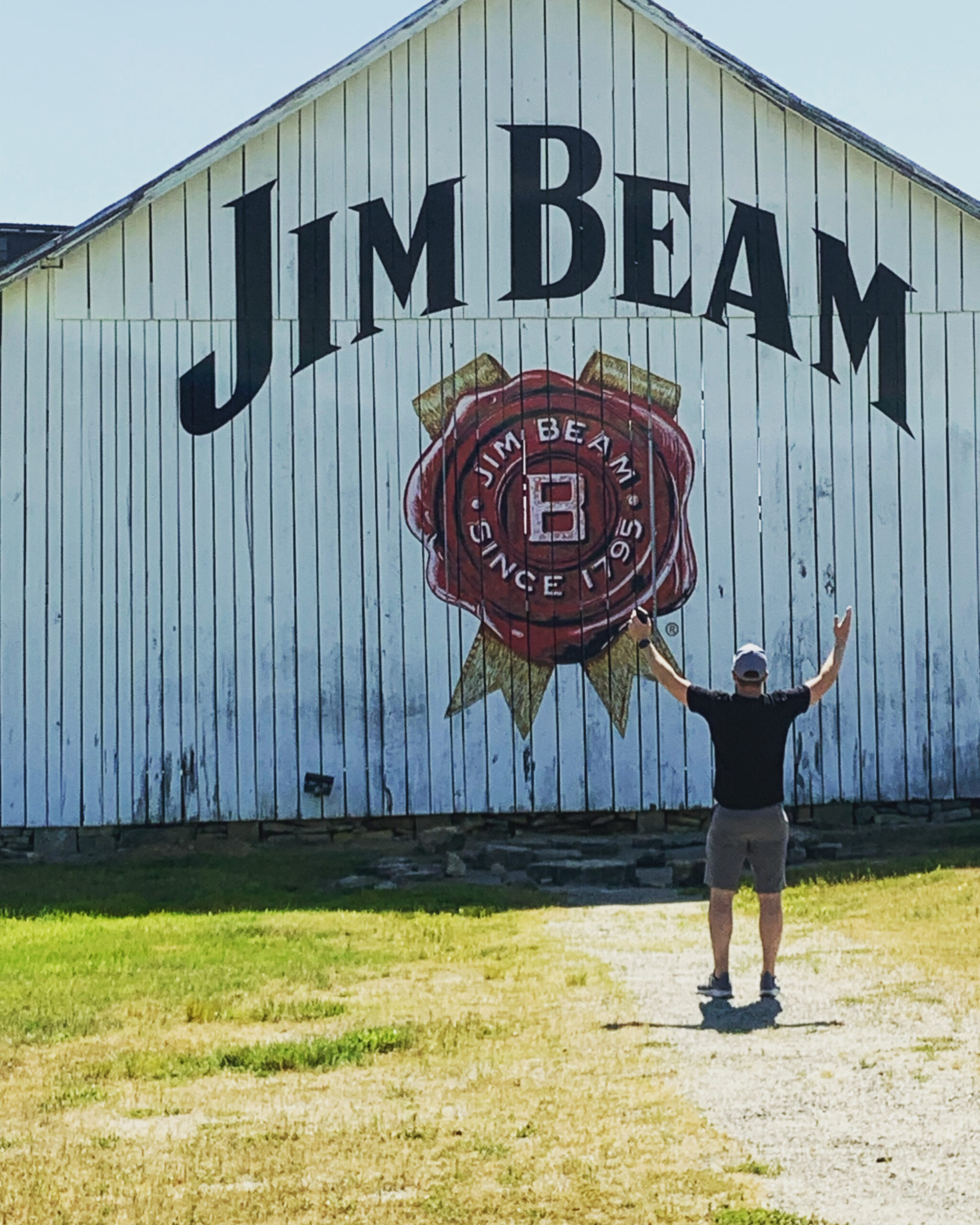

 by Tom Schneider & Dustin Harkins
by Tom Schneider & Dustin Harkins